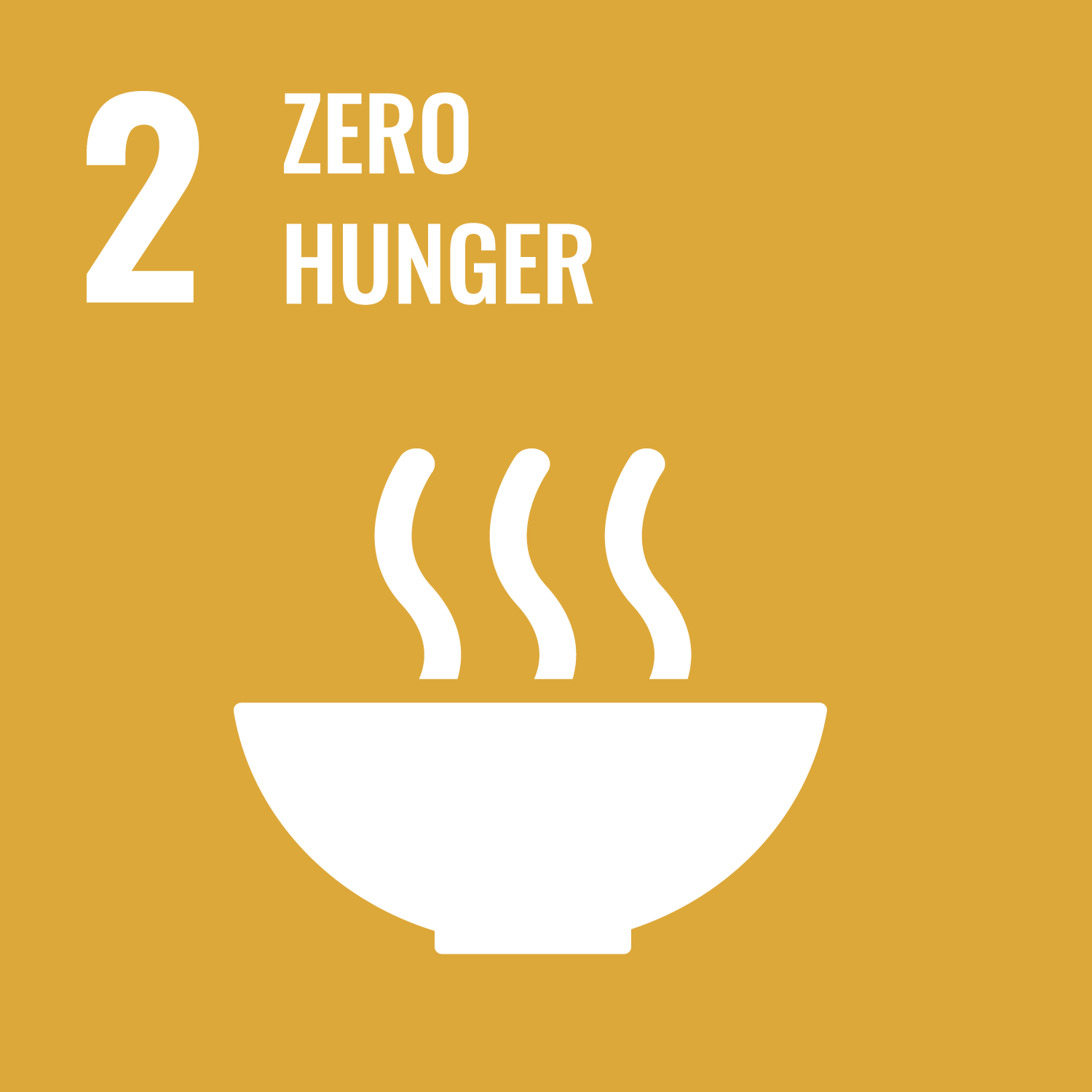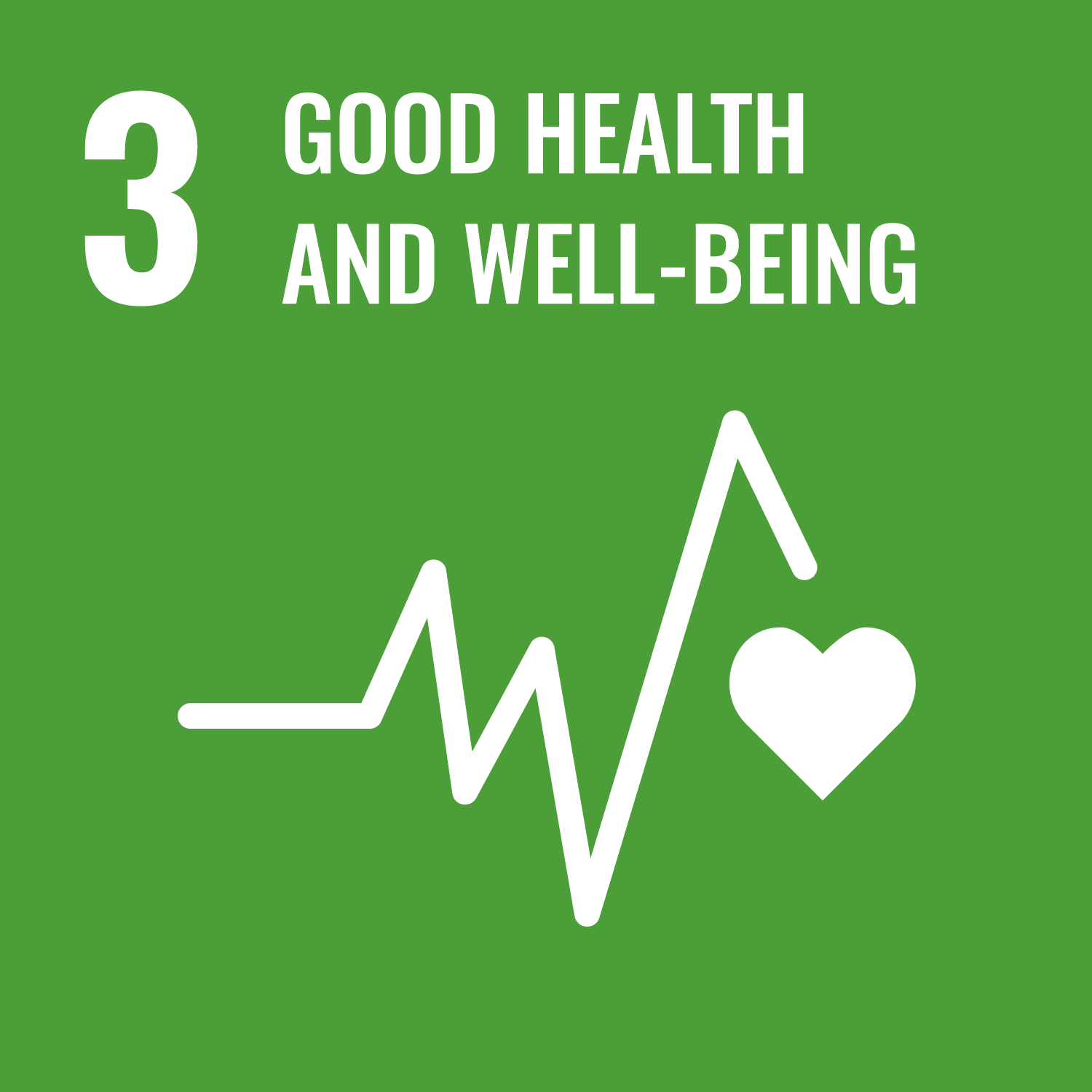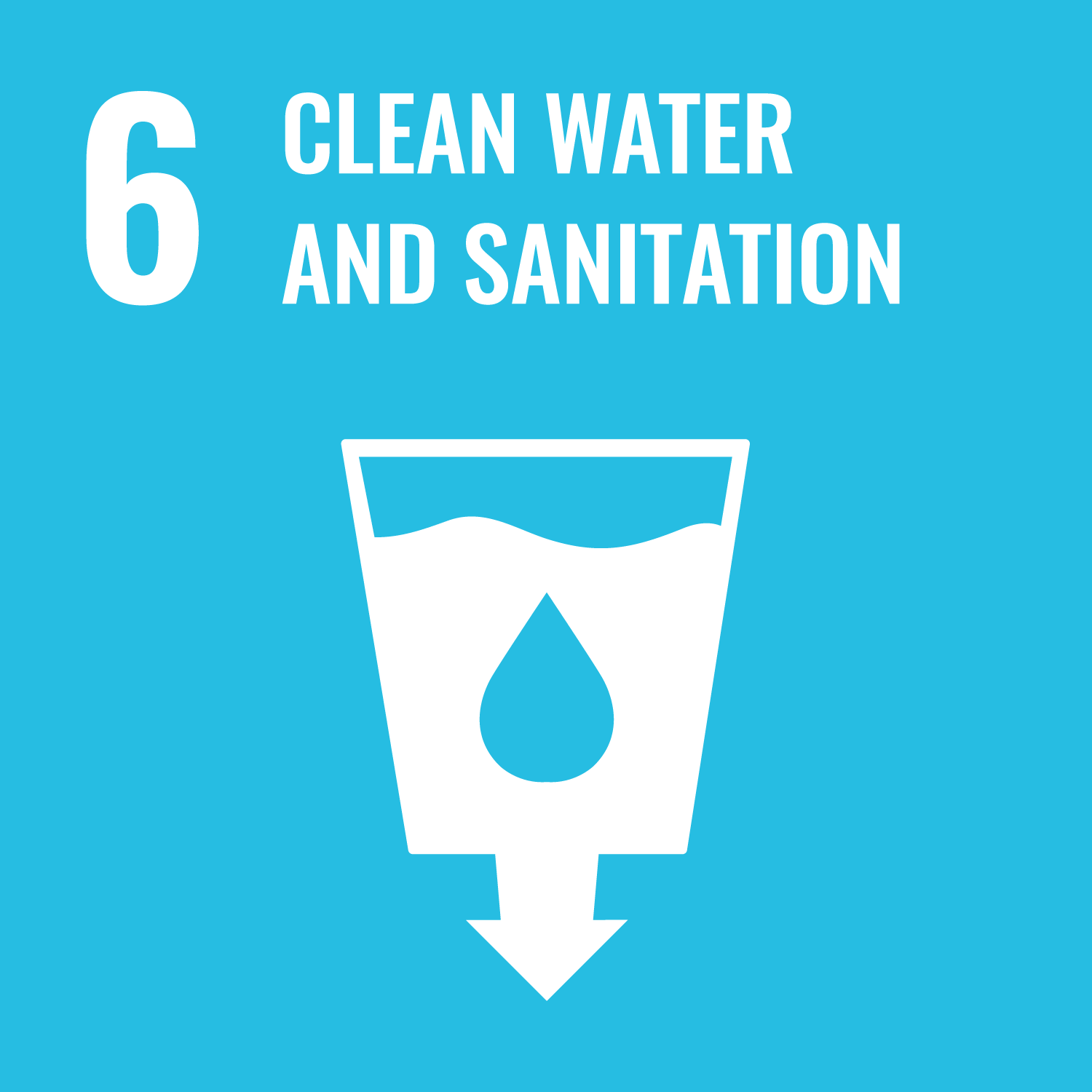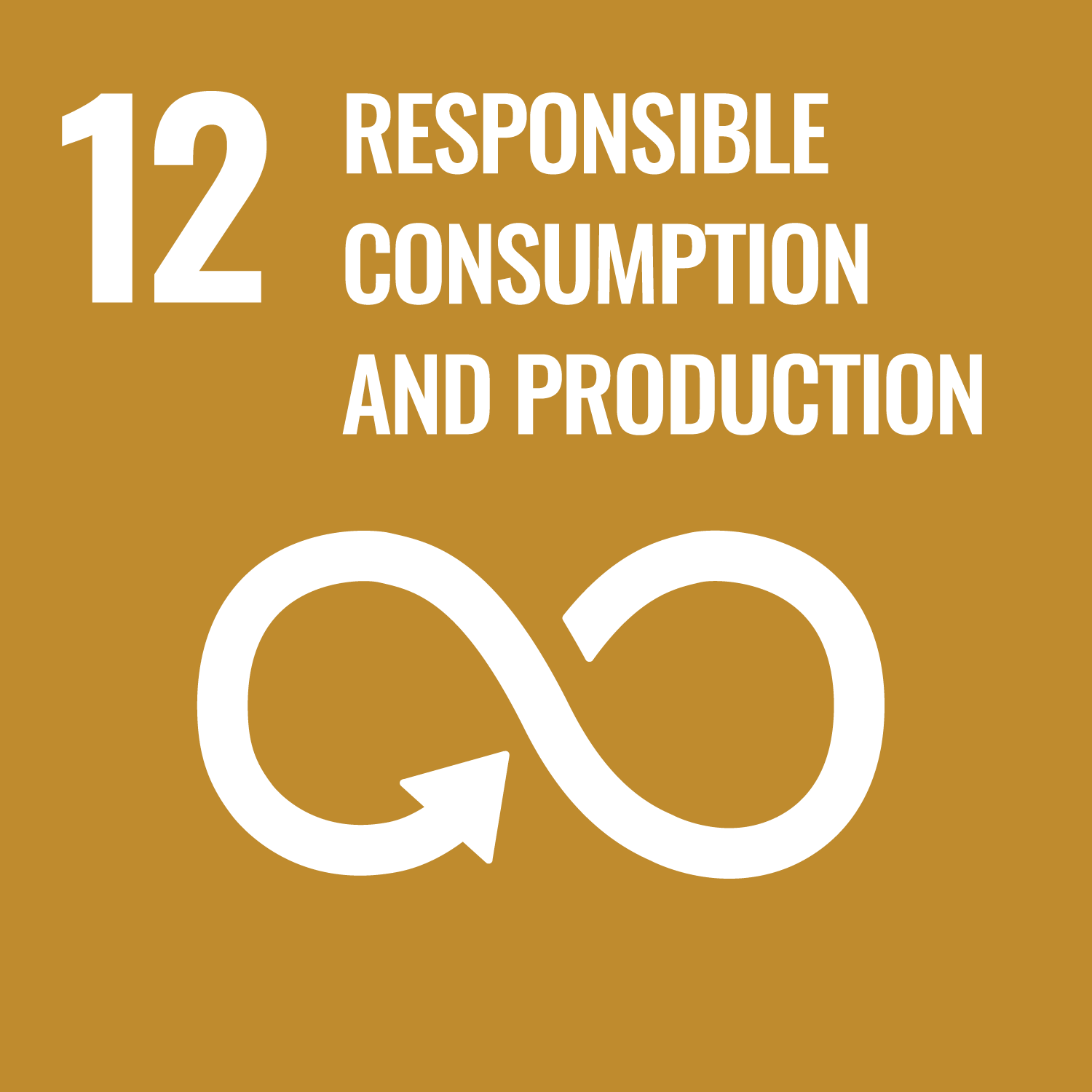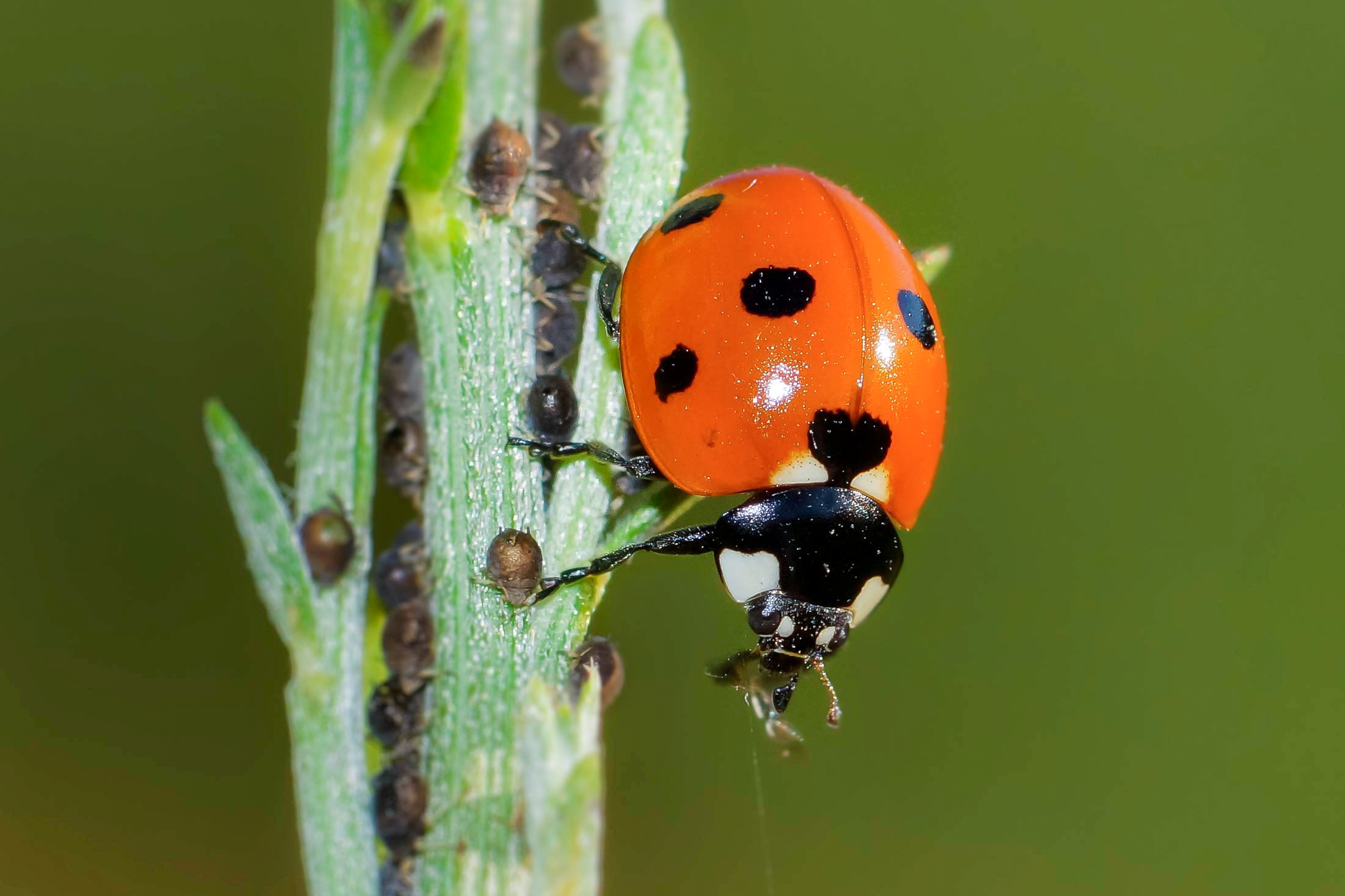
Nature-based pest and disease control
Reviews:
Certifications: Foundation and Practitioner
Cost: £45
Duration: 10 hours
Languages: English, Español, Français, Tamil, বাংলা, සිංහල
Learners: 7859
Who is this for?
- Extension workers and agro-input dealers, or anyone advising farmers
- Farmers may also find it useful
- Agricultural students may find the course complementary to their studies
What will you learn?
On completion, you should be able to...
- Read and interpret product labels
- Differentiate between the basic groups of bioprotection products
- Classify bioprotection products according to their mode of action
- Select and apply bioprotection products
- Assess the results of bioprotection products in the field
- Join a network to develop and share best practice within local communities
Digital learning skills
- Join in polls and discussions to learn from others globally
- Access course materials and work through at your own pace
- Gain feedback from automated quizzes and activities to test your knowledge
- Improve critical thinking skills by investigating internet resources
Skills Framework
This course maps to a range of related skills in the Skills for Agriculture Framework (SFA). By completing this course, you will build on the following skills:
United Nations (UN) Sustainability Goals
The UN Sustainable Development Goals (SDGs) recognise that ending poverty and other deprivations must go hand-in-hand with strategies that improve health and education, reduce inequality, and spur economic growth.
- Read and interpret product labels
- Differentiate between the basic groups of bioprotection products
- Classify bioprotection products according to their mode of action
- Select and apply bioprotection products
- Assess the results of bioprotection products in the field
- Join a network to develop and share best practice within local communities
This course is made up of 3 sections:
- Section 1: Preparing to buy bioprotection products
- Section 2: Choosing and accessing bioprotection products
- Section 3: Using bioprotection products and interpreting results
- Extension workers and agro-input dealers, or anyone advising farmers
- Farmers may also find it useful
- Agricultural students may find the course complementary to their studies
- Join in polls and discussions to learn from others globally
- Access course materials and work through at your own pace
- Gain feedback from automated quizzes and activities to test your knowledge
- Improve critical thinking skills by investigating internet resources

